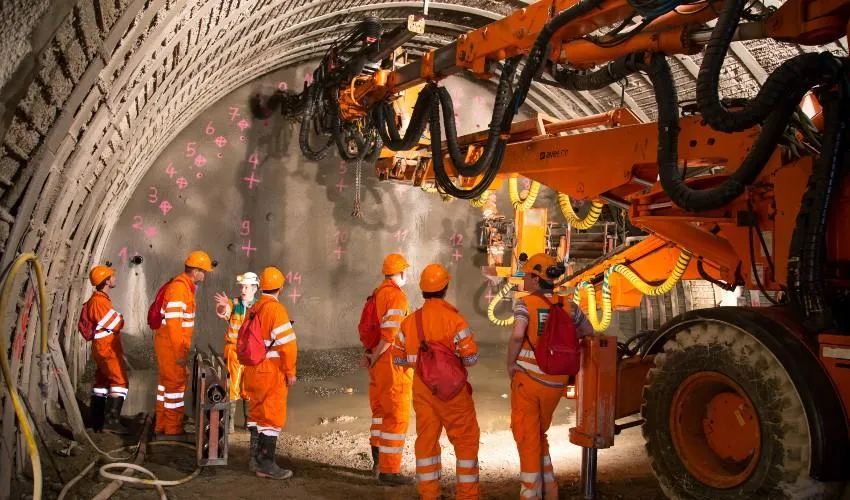
Balancing Infrastructure Spending and Tighter Monetary Policies
Investing in infrastructure projects does not generally make less sense in times of tighter monetary policy. This is one of the main points of a study that Stefano Gatti, Antin IP professor in Infrastructure Finance, and Carlo Chiarella (CUNEF Universidad, Madrid) will present today at the inaugural event of the renewed partnership between Bocconi and Antin IP.
Infrastructure projects are by their nature long-term undertakings. Therefore, the economic and political conditions at the outset are bound to change over the duration of the investment, making estimates of the net present value of the investment harder. Tighter economic policies such as those we are currently experiencing in Western countries as a response to rising inflation are an additional concern for investors.
Monetary policy potentially affects infrastructure prices in two different ways that can possibly offset each other. The long-term nature of infrastructure investments with largely predictable and stable future cash flows makes them vulnerable to an increase in the yield required by investors. Like other assets with a long duration, their net present value will drop as investors demand higher returns after a tightening of monetary policy. But a tighter monetary stance is also usually associated with periods of higher inflation and/or stronger economic growth, and this is precisely when some infrastructure investments will be in higher demand. Moreover, inflationary pressure can be transferred to users through higher fees, at least insofar as regulators allow.
The analysis of past data carried out by Stefano Gatti and Carlo Chiarella shows that as a rule the median return is higher during periods of tighter monetary policy. This can be indicative of a surge in prices driven by investor demand for inflation-resilient returns strong enough to more than offset the negative impact of higher required yields. Naturally, this is a general trend, and some types of infrastructures may behave otherwise.